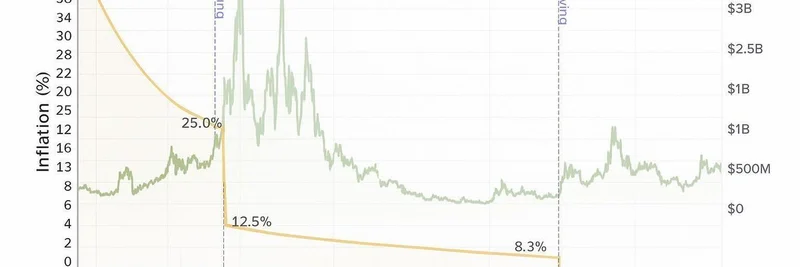In the fast-paced world of blockchain, where meme tokens thrive on hype, liquidity, and community buzz, staying ahead means embracing cutting-edge tech. A recent podcast episode from The Rollup, shared on X, brings together experts Chris from NEAR Protocol and Alex from Aurora to unpack three game-changing narratives: intents, zero-knowledge (ZK) proofs, and privacy. Featuring integrations with Zcash, this discussion isn't just tech talk—it's a roadmap for how meme tokens could evolve in what they're calling the AI supercycle. Let's break it down in simple terms and see why it matters for meme enthusiasts.
What Are Intents and Why Do They Matter for Meme Tokens?
Intents are like smart orders in blockchain trading. Instead of manually swapping tokens across different chains—which can be clunky and costly—you specify what you want, and solvers (automated systems) find the best way to execute it. NEAR Protocol's intents system supports over 67 chains, including heavyweights like Ethereum, Bitcoin, and Solana, all with zero slippage. That means no unexpected price drops during trades.
For meme token traders, this is huge. Imagine seamlessly swapping your favorite dog-themed coin on Solana for a viral cat meme on NEAR without losing value or dealing with bridge hassles. Since launching a year ago, NEAR intents have handled $4.6 billion in volume, including $500 million in Zcash flows. This cross-chain efficiency could supercharge liquidity for meme tokens, making them more accessible and helping smaller projects gain traction across ecosystems.
Diving into ZK Proofs and Zcash Privacy
Zero-knowledge proofs, or ZK for short, let you prove something is true without revealing the details—like showing you have enough funds for a trade without disclosing your wallet balance. Paired with privacy, this tech shields transactions from prying eyes.
The episode spotlights Zcash, a privacy-focused coin that's been integrated into NEAR via tools like the Omni Bridge. This allows shielded transactions, where the origin of funds stays private, much like cash in the real world. In traditional cross-chain trades, everything's traceable, but with Zcash, you get that extra layer of anonymity.
Why does this excite the meme token space? Meme coins often attract speculative traders who value privacy—whether to avoid taxes, protect strategies, or just keep things low-key. Integrating Zcash-style privacy could enable anonymous meme launches or trades, reducing risks from hacks or doxxing. Plus, as regulations tighten, privacy becomes a human right in crypto, as the guests emphasize, making it essential for sustainable growth.
The AI Supercycle: Where Meme Tokens Meet Intelligent Agents
The conversation ties everything to the "AI supercycle," a phase where AI agents—autonomous programs—handle complex tasks onchain. Privacy is key here because agents need to execute trades or interactions without exposing sensitive data. User-owned AI, as opposed to centralized giants like OpenAI, empowers individuals and competes with big tech.
For memes, picture AI agents scouting hot tokens, executing intent-based trades, or even generating meme content privately. NEAR's setup, with advanced order types like dollar-cost averaging (DCA) or stop-loss, positions it for "agentic commerce." This could mean AI-driven meme farms or bots that optimize holdings across chains, all while keeping your portfolio private via ZK and Zcash.
The guests also touch on NEAR's "revanchist theory"—a strategy to reclaim value through token-accruing products. By focusing on real utility, NEAR aims to expand the pie for everyone, including meme creators. Future plans like token buybacks from intent-generated cash flows could boost the NEAR token, indirectly benefiting meme projects built on it.
Implications for Blockchain Practitioners and Meme Insiders
If you're deep in meme tokens, these developments signal a shift toward more sophisticated ecosystems. Tools like NEAR intents lower barriers for cross-chain memes, while ZK and privacy add security layers that could attract more institutional interest without sacrificing the fun, community-driven vibe.
To dive deeper, check out the full episode on YouTube. It's a reminder that behind the memes, real tech innovations are building a stronger foundation. As blockchain evolves, keeping an eye on intents, ZK, and privacy will help you stay ahead in the meme game.


